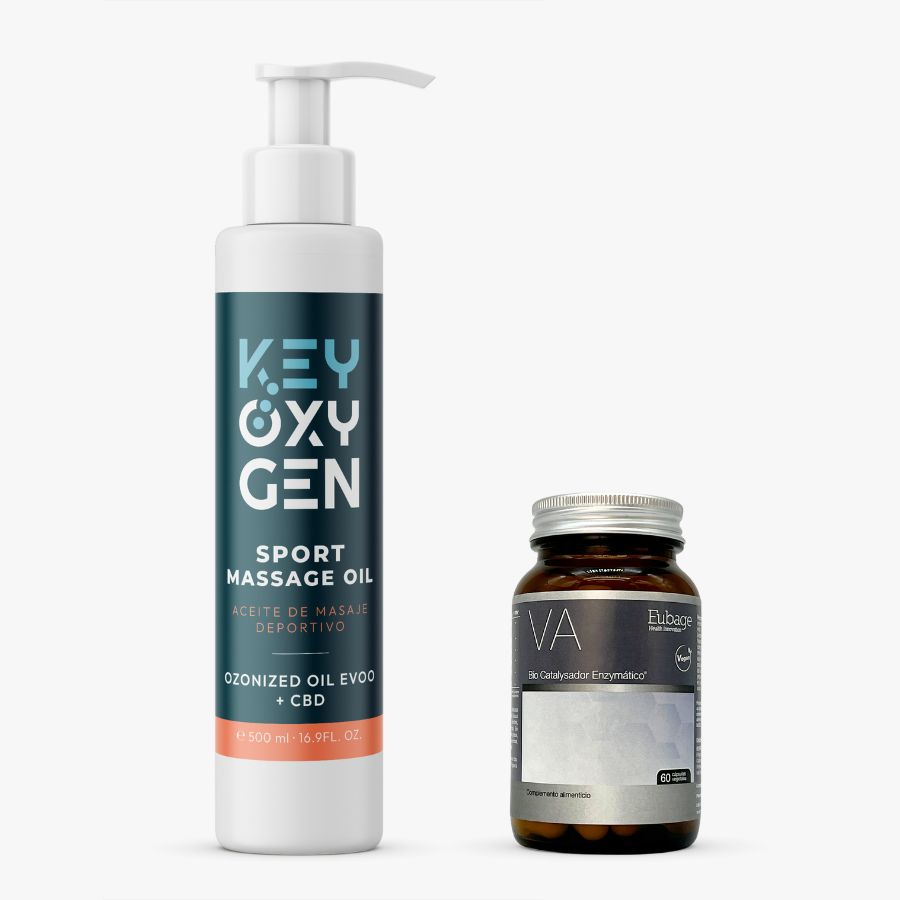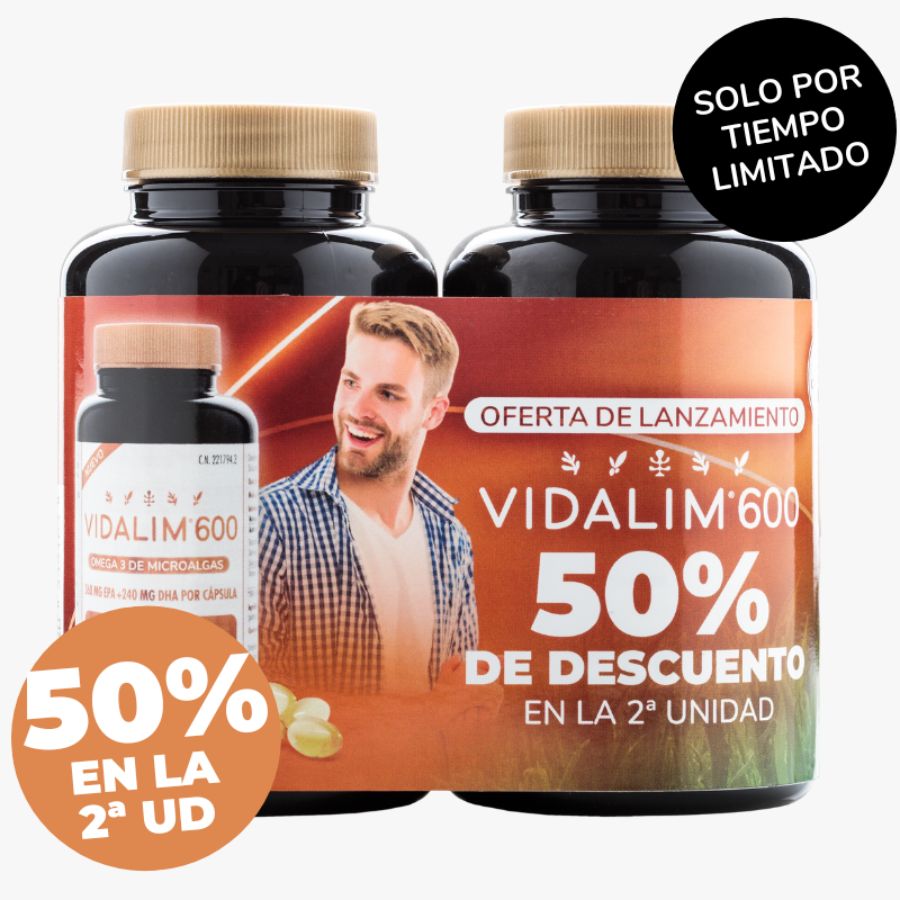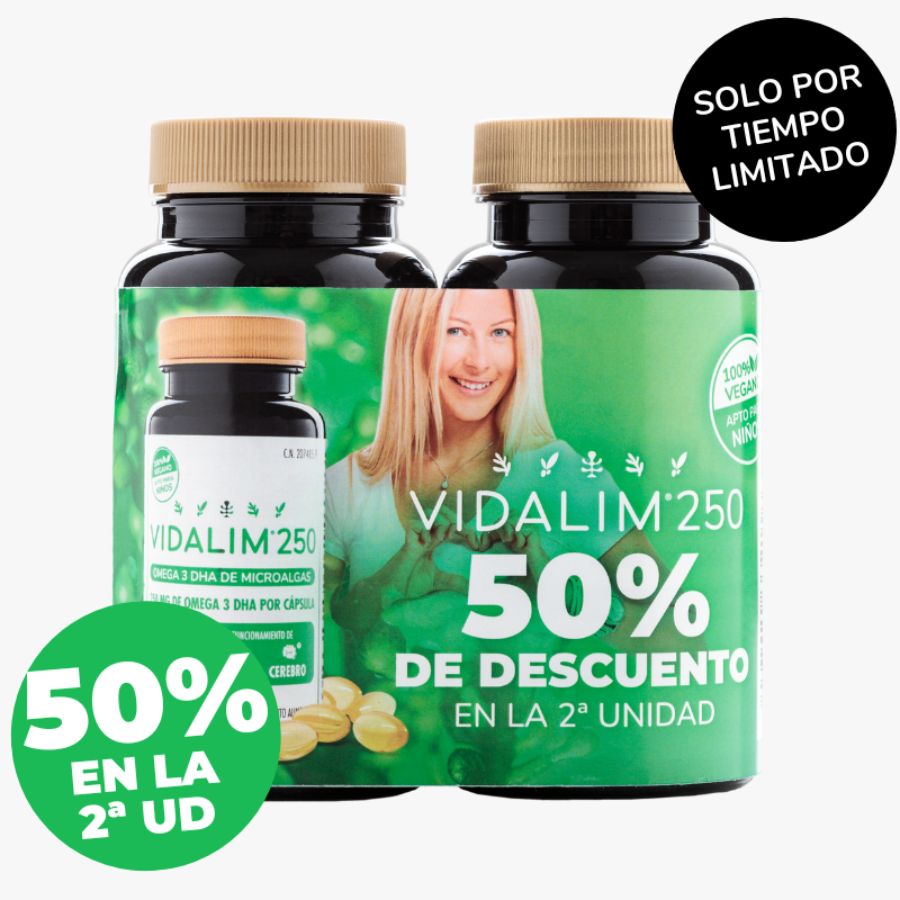Escin and coumarin heterosides from Horse Chestnut (Aesculus hippocastanum) are characterized by being a mixture of saponins that reinforce the impermeability and resistance of capillaries. They are an excellent alternative to hydroxyethylrutosides. They have antihemorrhagic, anti-inflammatory and decongestant action, prevent the appearance of varicose veins and reduce the risk of phlebitis. They are essential for stable blood circulation, since they have an activity similar to that of vitamin P (bioflavonoids).
Ruscogenins, steroid glycosides, from the root of the butcher’s broom (Ruscus aculeatus) are diuretics and vasoconstrictors, they waterproof the walls of capillaries subjected to pressure and stimulate their recovery capacity. They have anti-edematous and constrictive activity (anti-cramp action). They are emollients, promoting the elasticity and relaxation of inflamed organic tissues.
Oligomeric proanthocyanidins (OPCs) from grapes (Vitis vinifera) – red grape seeds, are venous tonics with astringent and vasoconstrictive properties, which reinforce capillary impermeability by regulating venous return. They help stabilize collagen, improve skin elasticity and reduce venous insufficiency factors. It has antioxidant action.
The tannins from the leaves of witch hazel (Hamamelis virginiana) are highly astringent water-soluble substances, such as proanthocyanidins and catechins, which act by waterproofing and protecting the walls of the veins. They have anti-inflammatory and hemostatic activity, which facilitates the healing of residual swelling.
The European Commission and the World Health Organization (WHO) recognize the use of witch hazel in the treatment of small wounds, varicose veins, hemorrhoids and in most cases of local inflammation of the skin and mucous membranes.




